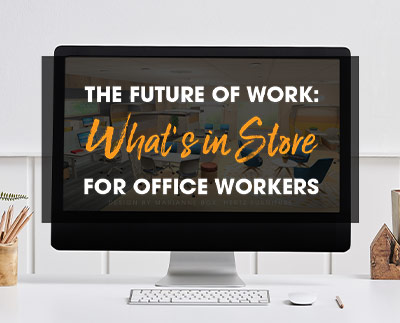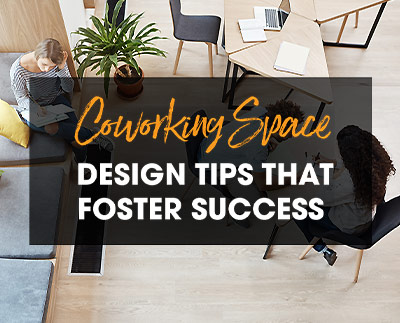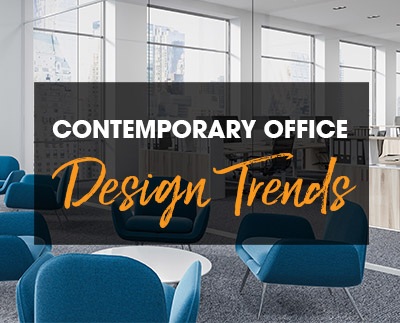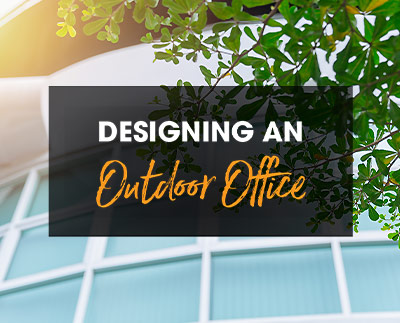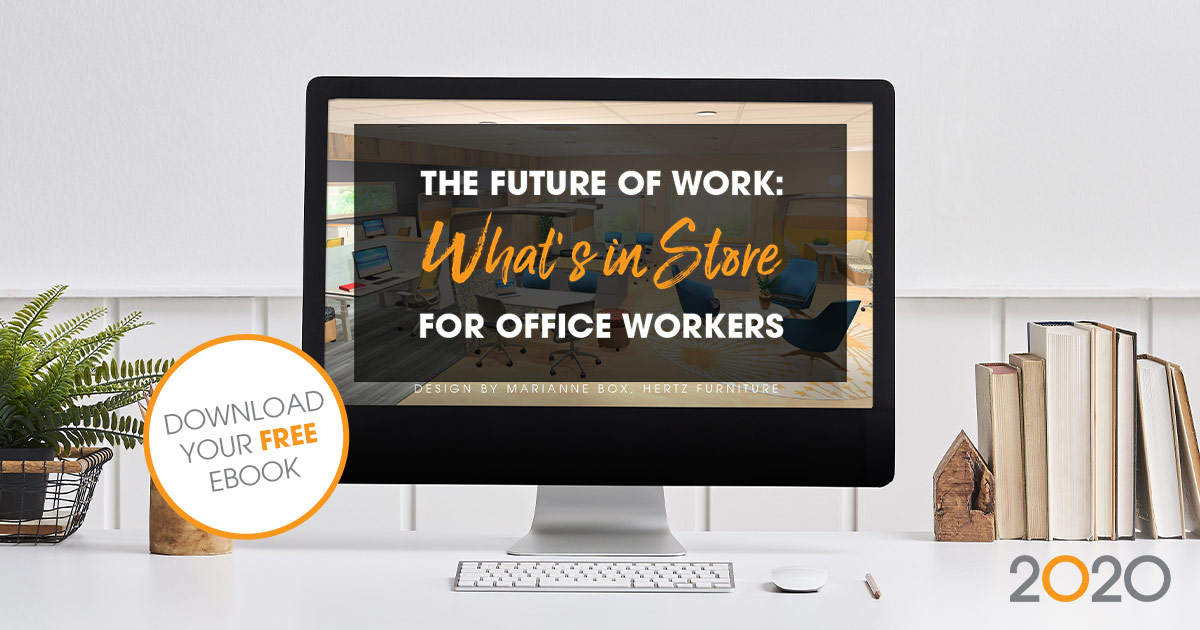
The COVID-19 pandemic changed the office landscape as we knew it. Office spaces were mandated to shut down, forcing people to quickly adapt to a work-from-home environment.
Although the transition to working from home was inevitable, the pandemic accelerated the process and made it mandatory. But what will the post-pandemic workplace look like? And how does it affect office designers and manufacturers?
This eBook covers the future of work and what the “new normal” will look like moving forward.
It includes:
Sneak peek—The future of work | Hybrid office
According to the Global Work-from-Home Experience Survey, the largest of its kind, 76% of global office workers want to continue working from home roughly 2.5 days per week post-COVID-19, while 16% want to work from home full time. That means the majority of workers prefer splitting their workweek between their home and the office.
The office as we know it must adapt to the reality of the post-pandemic world. Assigned seating and private offices no longer make sense when employees only plan on commuting to the office 2-3 days a week.
Communal workstations
Collaborative spaces
Aside from individual workstations, many employees will still need collaborative spaces for important meetings, brainstorming, or working on a project together. Instead of having multiple meeting rooms, companies can downsize and have a system whereby employees can book the room or space ahead of time as needed.
Enclosed boardrooms might not be ideal for a post-pandemic work environment, so office designers will have to get creative with designing meeting areas that are open yet offer some level of privacy and soundproofing. If a traditional meeting room is the only option, a better ventilation system may be necessary throughout the building.
Share this Post

